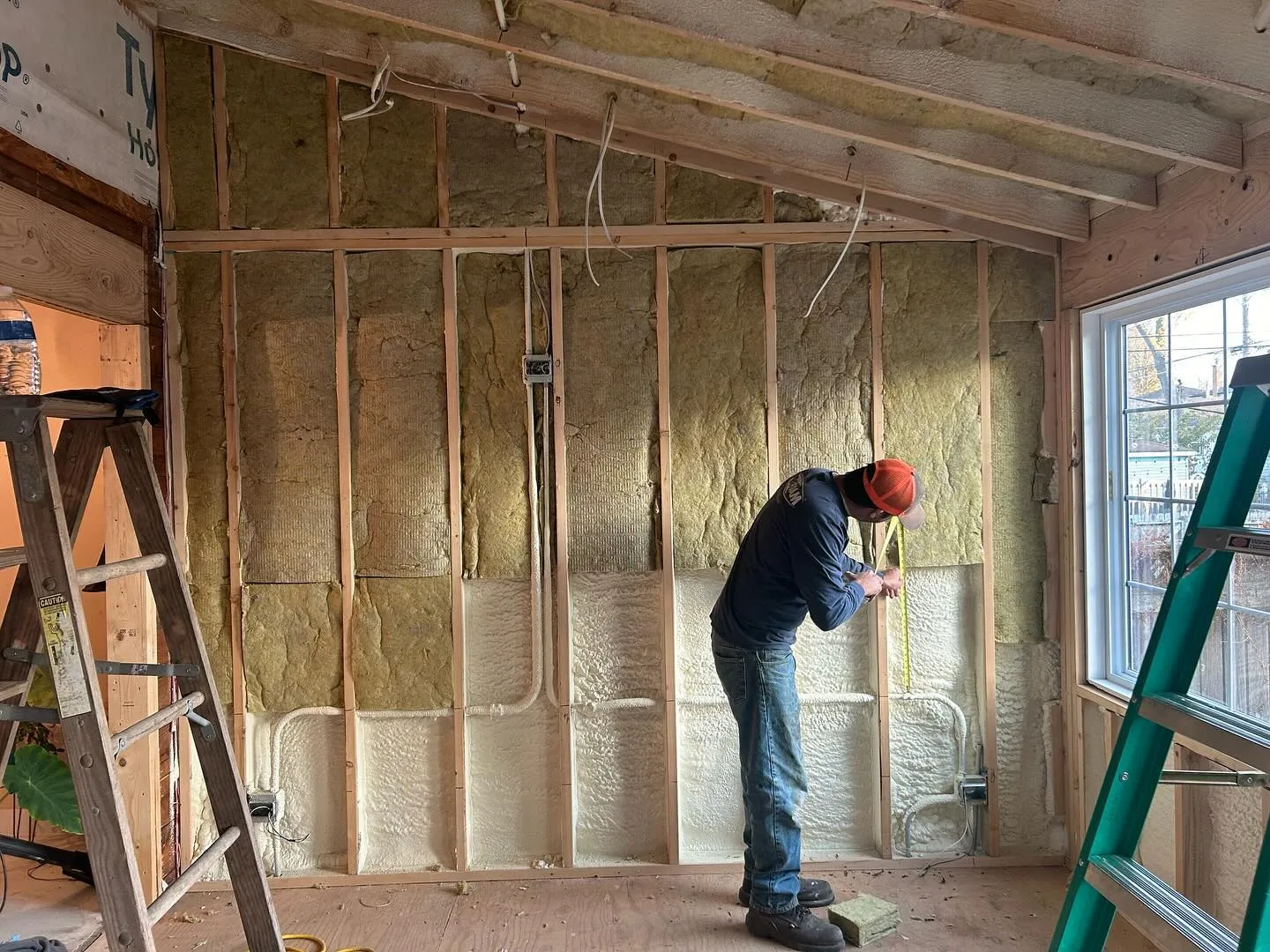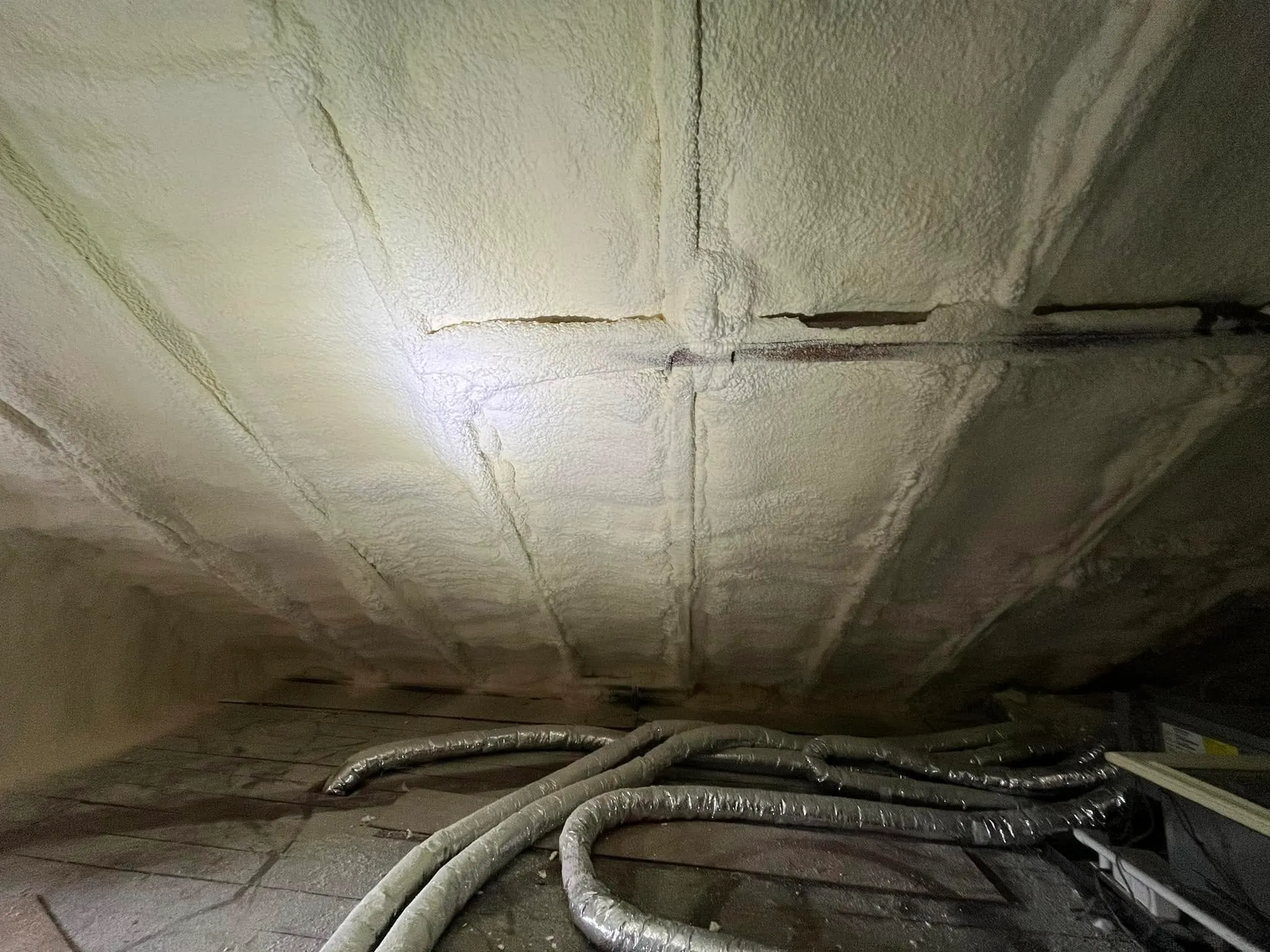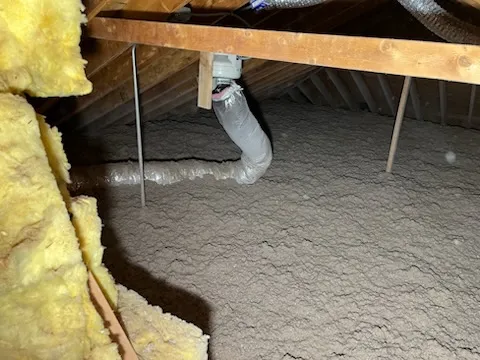
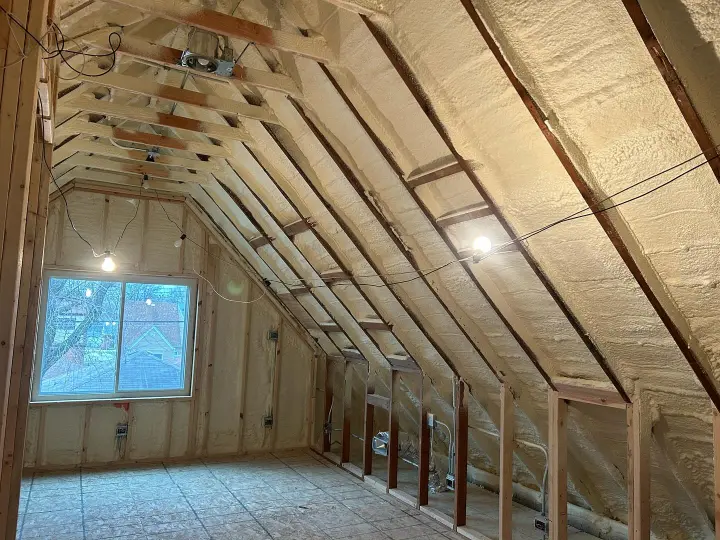
New insulation can still allow heat loss when installation quality, product compatibility, and building conditions aren’t addressed. The most common causes include air leakage, thermal bridging, moisture intrusion, and insufficient insulation in critical areas. Even high-R-value insulation underperforms if gaps, compression, or vapor issues are present.
South Chicago Insulation has observed these issues frequently during retrofit and evaluation projects across the Midwest. This article breaks down each contributing factor to heat loss and provides actionable guidance based on field-tested methods and current building science.
| Factor | Description | Typical Impact | Preventive Measures |
|---|---|---|---|
| Air Leakage | Gaps around windows, doors, rim joists, and penetrations | 25-40% of total heat loss | Air sealing prior to insulation placement |
| Thermal Bridging | Heat transfer through framing or metal components | Up to 30% in poorly designed assemblies | Use continuous insulation or spray foam on framing |
| Moisture Saturation | Wet insulation reduces R-value significantly | Can reduce R-value by 50% or more | Vapor control layers and proper ventilation |
| Uneven Coverage | Incomplete or compressed insulation | Cold spots and reduced effectiveness | Use dense-pack or spray methods to ensure full coverage |
| Poor Product Fit | Mismatched insulation type for the building assembly | Reduced thermal performance | Match product type to assembly needs (e.g., open-cell for flexibility) |
| Issue Type | Material | R-Value Loss (%) | Diagnostic Method | Example Solution |
|---|---|---|---|---|
| Moisture | Fiberglass Batt | 45-60% | Moisture meter, visual inspection | Improve attic ventilation, add vapor barrier |
| Compression | Blown-in Cellulose | 30-40% | Infrared scan | Re-fluff or dense-pack cavity |
| Thermal Bridge | Foam Board + Metal Stud | 25-35% | Thermography | Add spray foam over metal framing |
| Gaps/Voids | Spray Foam | 15-25% | Blower door test | Reapply foam to affected areas |
Chicagoland winters bring sustained subfreezing temperatures and high humidity variations. These conditions increase the risk of condensation in attics and crawlspaces, which affects insulation performance. Homes with new insulation often lose heat because air leakage wasn’t sealed first or ventilation paths were blocked by new material.
Bonus Tip: Always conduct a blower door test before and after any insulation retrofit in cold-climate zones. This exposes leakage points that negate thermal upgrades.
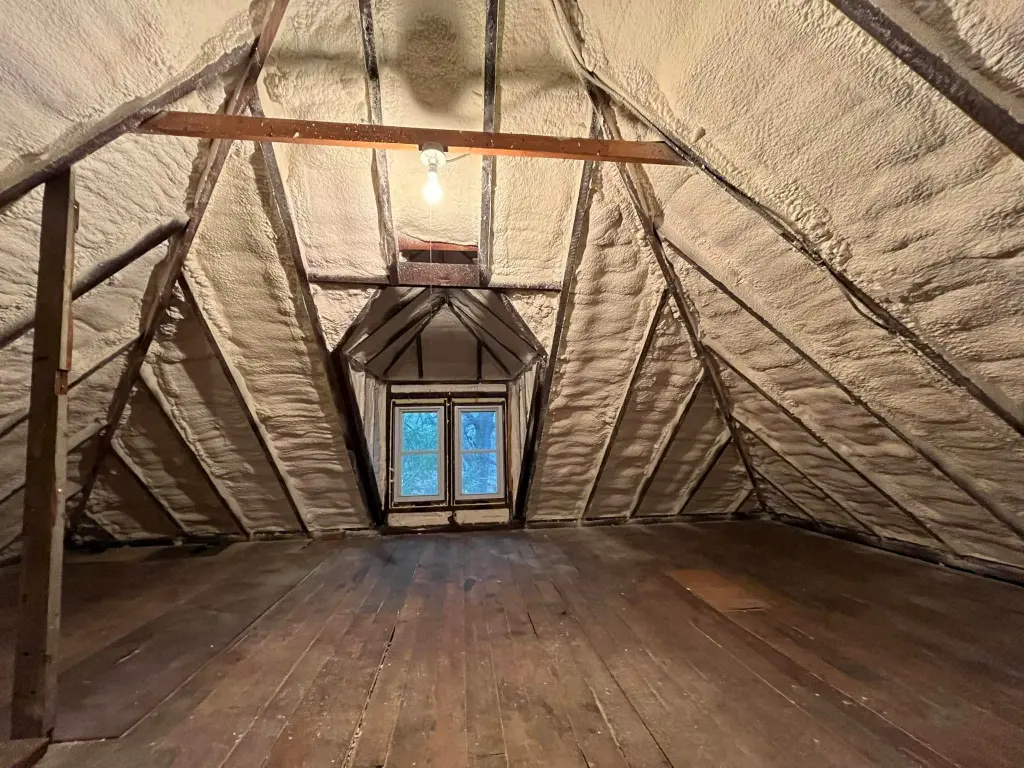
Bonus Tip: In pole barns or commercial buildings, prioritize spray foam or closed-cell systems that resist moisture and air infiltration simultaneously.
Use an infrared camera or schedule a thermal inspection. Cold patches indicate voids or compressed spots.
If current insulation is wet, moldy, or settled, it must be replaced. Otherwise, top-offs are possible.
Both are important, but unsealed air leaks make insulation far less effective.
Yes. Metal conducts heat more rapidly. Use foam systems or thermal breaks in metal-frame buildings.
To identify and fix sources of heat loss in insulated buildings, speak with experienced professionals. South Chicago Insulation conducts detailed evaluations and implements proven solutions across residential and commercial properties in the Midwest.
Contact South Chicago Insulation:
Phone: (779) 803-8025
Email: [email protected]
R-49 to R-60 is ideal, depending on attic height and ventilation capacity.
Yes, with heated application rigs and substrate prep. South Chicago Insulation installs year-round.
Dense-packed cellulose or mineral wool offer the best airborne noise reduction.
Inspect attics and crawlspaces every 3-5 years or after major weather events.
Gravity, vibration, and humidity can compress loose-fill products. Dense-pack or foam resists settling.

